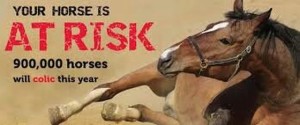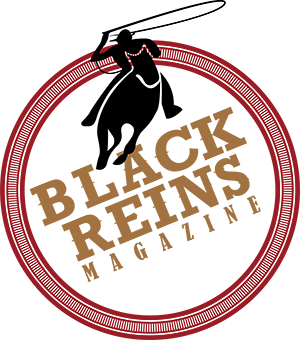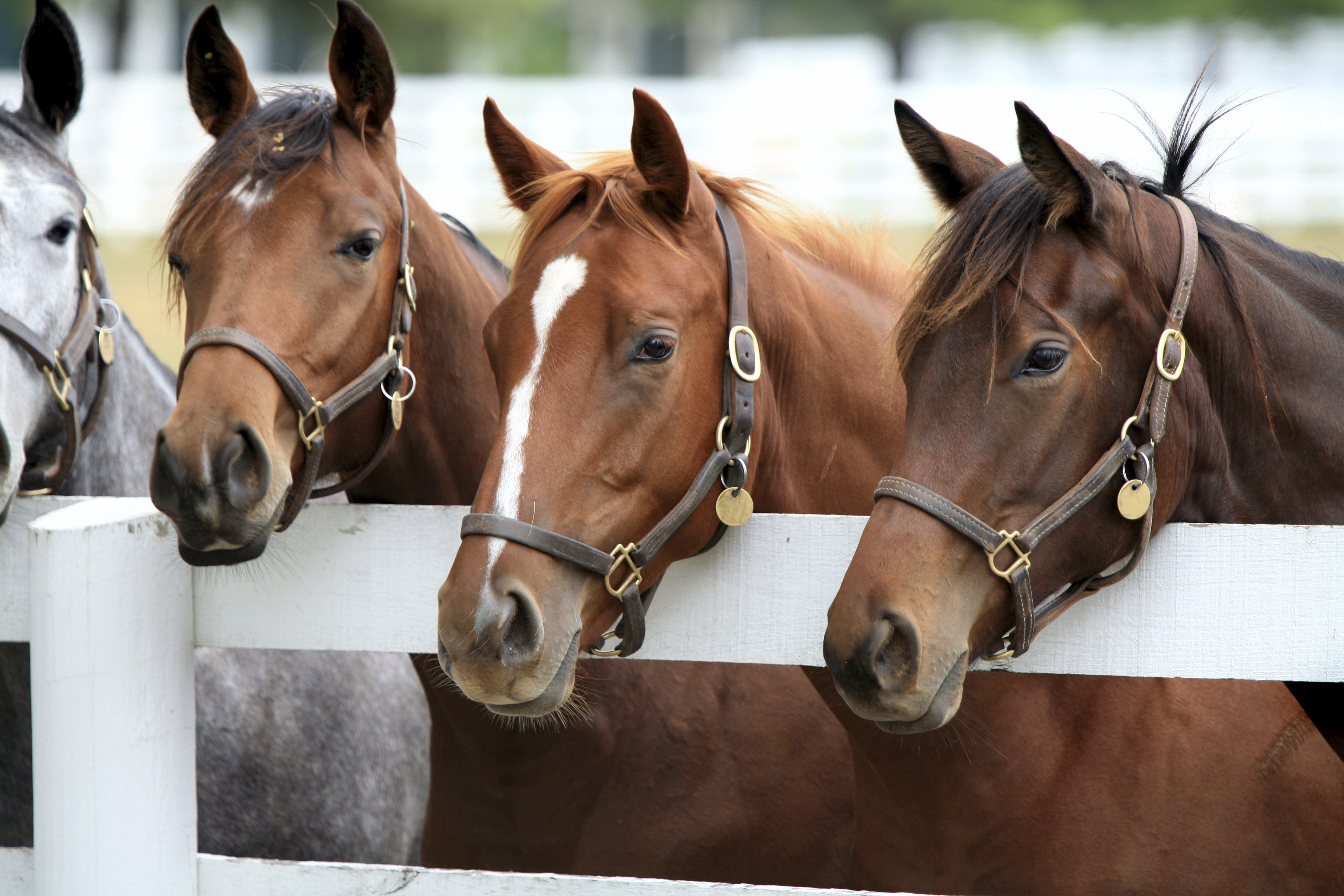Q: Because it can affect any horse, regardless of age, breed or gender, colic is my number one concern as a horse owner. In my day to day care of my equine companion, what can I do to minimize his risk of digestive distress?
A: You’ll reduce your horse’s chances of suffering colic by adopting consistent, rational management practices and, maintaining him according to nature’s operating manual. Here are seven steps to incorporate into your horse’s daily care.

Step 1: Feed your horse only what he needs. The best thing your horse can put in his mouth is grass, high fiber, low carbohydrate feed containing 8 to 10 percent protein. The second best horse feed is grass in its dried form, otherwise called hay. The bulk delivered by a fibrous grass/hay diet is a key weapon in fighting the colic wars because consistent gut fill maintains a continuos level of digestive activity, free of feast or famine stresses.
Step 2: Stick with your program. Frequent or sudden changes in your horse’s diet are enough to push him into the colic zone, regardless of what the actual dietary ingredients are.
Step 3: With grain, think small and often. Horses are continual foraging machines. When left on pasture and to their own devices, they pick and choose mouthfuls here and mouthfuls there for as many as 20 hours a day. In all, an average horse ration takes anywhere from 12 to 36 hours to run its course through the gut. Dumping a few scoops of grain in the feed tub a couple times per day puts a real strain on horses’ digestive equipment.
Step 4: Keep him moving. Horses who spend the greatest part of the day standing in stalls are much more prone to abdominal disease than those who live in turnout situations.
Step 5: Get sand out of the ration. Horses may ingest sand along with grain or hay that is fed directly from the ground. They also may swallow sand particles while closely grazing pastures that grow on sandy soil. Because it is heavier than other swallowed materials, sand settles in the horse’s large intestine and stays there. Many horse owners in sandy areas have found psyllium to be an effective aid.
Step 6: Remove manure in paddocks or fields. Horses typically ingest potentially destructive parasites by consuming them as they graze near manure in paddocks or fields.
Step 7: Use dewormers effectively. Dozens of species of parasitic worms may reside in your horse’s gut to feed, grow and reproduce all to the horse’s detriment. Gut dwellers often choose the large intestine, because it provides the eggs with easy exit to the outside environment, where part of their life cycle plays out.


